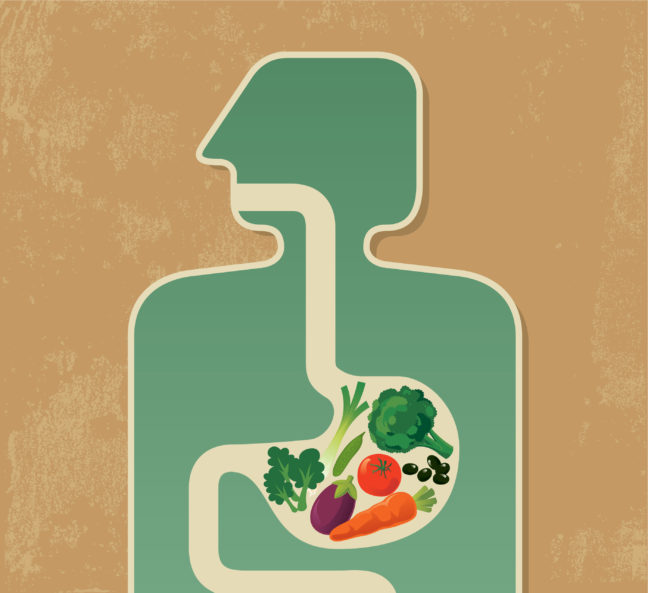This blog post contains affiliate links. Only products I have direct experience with and love are recommended or linked here. You are under no obligation to purchase through these links. If you choose to make a purchase through these links, the compensation I receive helps support the cost of maintaining this website. Thank you!
We’ve all heard that old saying, “You are what you eat,” right? What if I told you it’s a little more complicated than that? One can have the most nutrient-dense diet in the world, and be eating all the right things every day, but unless one is DIGESTING those nutrient-dense, properly prepared foods, it’s all in vain. If digestion isn’t optimized, nutrition can’t occur completely as it should.
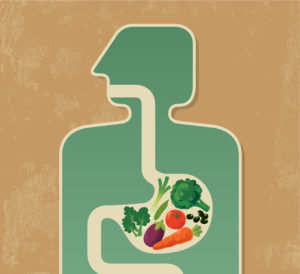 Your gastrointestinal system, which is what allows you to digest and absorb your food, is a system of complex relationships. Each step in your digestion depends on another to get the job done thoroughly. Contrary to popular belief, digestion does NOT begin in the mouth…it begins in the brain. Think about the last time you were at a Mexican restaurant, and someone at the table next to you ordered fajitas. As it was coming from the kitchen, the sound of the sizzling meal alerted you to its presence before anything else. You heard the sizzle from the minute it came out, and chances are you, and everyone around you, turned to see what the noise was. As it passed by your table, maybe you smelled the fajitas, too. Once it was set down, you caught a glimpse of it…Getting hungry yet? Thinking fajitas sound good right about now? Maybe even salivating a little just at the thought of those piping hot, fresh and oh-so-yummy imaginary fajitas? Not a fan of fajitas? Imagine you just bit into a big, juicy lemon…The sensations you’re experiencing are all happening because of your brain. You haven’t actually smelled or tasted the food, but your body is reacting as though it has. All that to say, yep! Digestion starts in the brain. It’s a north to south process. Next in the north to south process is your mouth.
Your gastrointestinal system, which is what allows you to digest and absorb your food, is a system of complex relationships. Each step in your digestion depends on another to get the job done thoroughly. Contrary to popular belief, digestion does NOT begin in the mouth…it begins in the brain. Think about the last time you were at a Mexican restaurant, and someone at the table next to you ordered fajitas. As it was coming from the kitchen, the sound of the sizzling meal alerted you to its presence before anything else. You heard the sizzle from the minute it came out, and chances are you, and everyone around you, turned to see what the noise was. As it passed by your table, maybe you smelled the fajitas, too. Once it was set down, you caught a glimpse of it…Getting hungry yet? Thinking fajitas sound good right about now? Maybe even salivating a little just at the thought of those piping hot, fresh and oh-so-yummy imaginary fajitas? Not a fan of fajitas? Imagine you just bit into a big, juicy lemon…The sensations you’re experiencing are all happening because of your brain. You haven’t actually smelled or tasted the food, but your body is reacting as though it has. All that to say, yep! Digestion starts in the brain. It’s a north to south process. Next in the north to south process is your mouth.
Your mouth is the place where you first get to taste the food. Once you put it in your mouth, carbohydrates start breaking down with something called salivary amylase, which is an enzyme in your saliva that helps break down sugars. What’s an easy way to remember this? Think: M&Ms. They melt in your mouth, not in your hand, right? Ever wondered why that is? 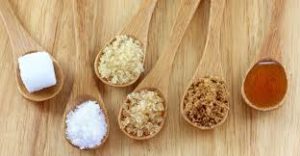 What are M&Ms? Sugar; AKA carbohydrates! And hopefully they’re not something you’re eating often if you’re trying to be healthy! All carbohydrates (fruits, vegetables, grains, starches) begin breaking down in the mouth. The other thing that starts in your mouth is the physical breakdown of food. Your teeth and tongue help do this; as you chew, you are tearing and crushing the food into smaller pieces so it’s easier to pass down your esophagus.
What are M&Ms? Sugar; AKA carbohydrates! And hopefully they’re not something you’re eating often if you’re trying to be healthy! All carbohydrates (fruits, vegetables, grains, starches) begin breaking down in the mouth. The other thing that starts in your mouth is the physical breakdown of food. Your teeth and tongue help do this; as you chew, you are tearing and crushing the food into smaller pieces so it’s easier to pass down your esophagus.
Once the food is ready to pass into your esophagus, it is called a bolus, which is a fancy name for the mass of partially digested food that’s on its way to your stomach for further digestion. So the bolus makes it way down your esophagus, or gullet, into the stomach. It’s helped along by something called peristalsis, or wave-like movement that propels it from your mouth to your stomach (peristalsis also happens further along in the digestive tract in your intestines – more on that in a bit). Check out this short video for a quick demonstration. It then passes through the cardiac sphincter, or lower esophageal sphincter, into the stomach. Now, this is designed to be a one-way valve; meaning it is only designed to open down into the stomach. However, when one is sick and needs to vomit, or is suffering from heartburn, it will open up and allow the contents of the stomach to go back into the esophagus. This can be really painful, because there’s acid in your stomach, and it is the only organ of the body that’s designed to withstand it. The esophagus will burn with stomach acid, which is why it’s called “heartburn” to begin with! This is actually a symptom of dysfunction and should not be happening when one has optimal digestion.
Research shows that 90% of Americans produce too little stomach acid. -Dr. Jonathan Wright, Why Stomach Acid is Good For You
Once the bolus enters the stomach, the churning and burning begins. 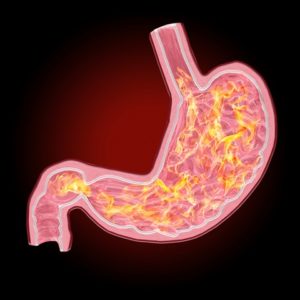 Your stomach churns the food and bathes it in hydrochloric acid to chemically break it down. This is where protein digestion begins. You must have the right amount of hydrochloric acid in your stomach to properly break down your proteins, or they will not be absorbed by the body. This is why acid-blockers are a bad idea; long-term use can basically shut-off the body’s ability to make hydrochloric acid, which can prevent protein absorption and assimilation in the body. Did you know the instructions for these products usually say to use them for 14 days at the most? Often if people have lost the taste for meat or have chosen a vegetarian or vegan lifestyle because meat doesn’t agree with them, it is the result of low stomach acid and the inability to break down protein. This can be the result of several factors, including a low zinc status.
Your stomach churns the food and bathes it in hydrochloric acid to chemically break it down. This is where protein digestion begins. You must have the right amount of hydrochloric acid in your stomach to properly break down your proteins, or they will not be absorbed by the body. This is why acid-blockers are a bad idea; long-term use can basically shut-off the body’s ability to make hydrochloric acid, which can prevent protein absorption and assimilation in the body. Did you know the instructions for these products usually say to use them for 14 days at the most? Often if people have lost the taste for meat or have chosen a vegetarian or vegan lifestyle because meat doesn’t agree with them, it is the result of low stomach acid and the inability to break down protein. This can be the result of several factors, including a low zinc status.
Once the bolus passes into the stomach and combines with the gastric juices, it is called 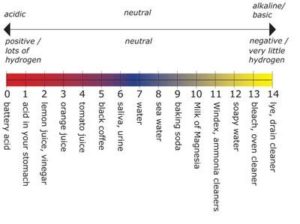 chyme. Once the chyme has reached the proper pH of 1.5-3 (almost pure acid), the body will signal the pancreas to start neutralizing the acid, which it does with sodium bicarbonate (baking soda) and pancreatic juices that are secreted into the small intestine. If the food isn’t acidic enough, this step will not happen. See how everything’s related? Everything south depends on what’s happening north…and it’s all dependent on a properly functioning digestive system!
chyme. Once the chyme has reached the proper pH of 1.5-3 (almost pure acid), the body will signal the pancreas to start neutralizing the acid, which it does with sodium bicarbonate (baking soda) and pancreatic juices that are secreted into the small intestine. If the food isn’t acidic enough, this step will not happen. See how everything’s related? Everything south depends on what’s happening north…and it’s all dependent on a properly functioning digestive system!
Once it’s in the small intestine, the gallbladder will secrete bile to help break down and emulsify the fats, the final macronutrient needed by the body (carbohydrates, protein and fats are the macronutrients that your body needs to function). 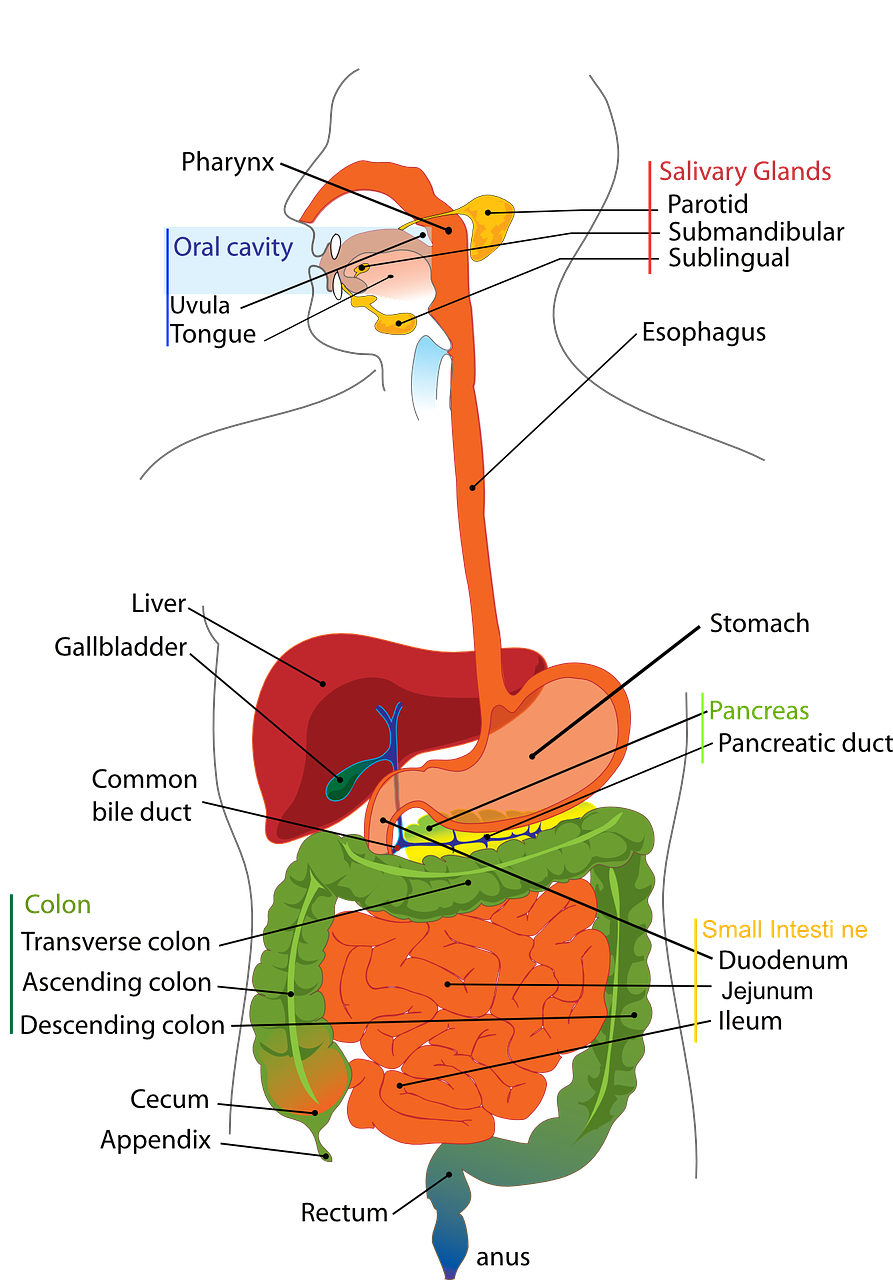 75% of your digestion and absorption occurs in the small intestine! This is where the food you’ve eaten is broken down into the smallest pieces and passes into your bloodstream for nourishment and energy. Isn’t the body amazing?
75% of your digestion and absorption occurs in the small intestine! This is where the food you’ve eaten is broken down into the smallest pieces and passes into your bloodstream for nourishment and energy. Isn’t the body amazing?
The small intestine moves the food along it’s length with peristalsis – the same wave-like movement that happens in the esophagus – into the large intestine, which is like your body’s recycling center. Once it reaches the large intestine, if everything is functioning optimally, all that’s left is indigestible fiber, water and dead cells. This is where any remaining water is absorbed, and any remaining nutrients are captured for utilization by the body. Anything leftover after this process is removed from the body in the form of feces, or poop. Ideally, this should be happening with every meal – ever noticed how babies’ bowel movements happen after every meal? Or pets and other animals? They all go to the bathroom after each meal. 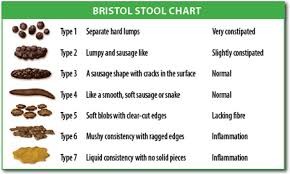 This is the ideal, but it may not be the most practical for most people. So at least once a day should be the goal. The average meal transit time is 19-24 hours, so bowel movements should happen at least once a day in healthy individuals. Poop is a major indicator of health…look before you flush! You should not see undigested food in your toilet, and it should sink, not float if you’re absorbing the fat in your diet. Check out the Bristol Stool Chart above to see where you are on the healthy vs. unhealthy poop continuum.
This is the ideal, but it may not be the most practical for most people. So at least once a day should be the goal. The average meal transit time is 19-24 hours, so bowel movements should happen at least once a day in healthy individuals. Poop is a major indicator of health…look before you flush! You should not see undigested food in your toilet, and it should sink, not float if you’re absorbing the fat in your diet. Check out the Bristol Stool Chart above to see where you are on the healthy vs. unhealthy poop continuum.
Because digestion works north to south, a problem in the steps anywhere will impact everything that is supposed to happen from that point onward.
Adequate stomach acid is the key to your digestive health. Stomach acid production can be affected by:
• Stress
• Excess carbohydrate intake (including refined sugars )
• Nutrient Deficiency
• Allergies and food sensitivities
• Excess alcohol
Lack of stomach acid causes carbohydrates to ferment, proteins to putrefy, and fats to rancidify. This can lead to symptoms of GI distress like: GERD/reflux, heartburn, gas, bloating, stomach pain, diarrhea, constipation, and/or IBS among others.
Five Key Steps You Can Start Today to Improve Your Digestion.
- Allow time to sit and relax when you eat. NO multitasking.
- Chew your food thoroughly and eat mindfully.
- Limit your fluids during meals to 4-6 oz.
- Avoid carbonated beverages. The phosphoric acid in these beverages will switch you into a sympathetic state (non-digesting) and can leach minerals from your bones.
- Start your meal with some food/ beverages that can prime your stomach acid production:
- 1-2 Tbsp. of apple cider vinegar or lemon juice in water.
- 1-2 Tbsp. fermented sauerkraut, kimchi or digestive bitters.
- Apply Vibrant Blue Oil Parasympathetic Blend to your mastoid bone before meals (you can read more about this great oil here.
By optimizing your digestion, you will reap the full benefits of the nutrients you are consuming. So as Michael Pollan says in In Defense of Food, an Eater’s Manifesto, “Eat Food. Not too much. Mostly Plants,” to ensure you are getting the most bang from your nutrient buck!
Special thanks to Stacy Stunes, RN, NTP of Innera Nutrition for her help with this post!

